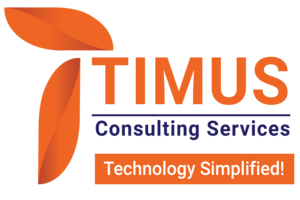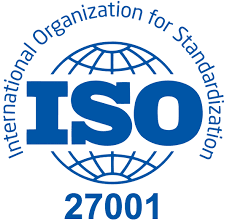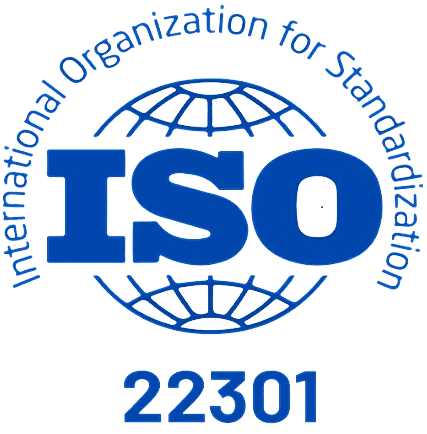Introduction
Regulatory compliance is a cornerstone of business operations, but the systems designed to ensure compliance often become overwhelming, leading to inefficiencies and errors. Complex interfaces, dense legal jargon, and fragmented workflows create a paradox—compliance tools meant to simplify governance end up complicating it.
This blog explores how thoughtful UI/UX design transforms compliance systems from rigid, burdensome structures into seamless, intuitive platforms that empower users rather than frustrate them.
Tackling Compliance Complexity
Compliance systems such as GRC platforms manage vast data—from risk assessments to audit trails—but often fall short due to:
- Cluttered Dashboards: Excess information without clear priorities.
- Confusing Navigation: Essential documents and workflows are hard to locate.
- Complex Jargon: Legal and technical terms create confusion.
- Manual Processes: Lack of automation leads to errors and delays.
These issues discourage tool adoption and heighten the risk of non-compliance.
How UI/UX Simplifies Compliance
Effective UI/UX design tackles these challenges by:
- Prioritizing Clarity: Breaking tasks into clear, manageable steps.
- Visualizing Risk: Using intuitive color-coded alerts and dashboards.
- Automating Tasks: Reducing manual workload through guided workflows.
- Enhancing Accessibility: Offering role-based, tailored navigation.
- Streamlining Document Management: Intuitive record search and categorization.
Compliance Management Strategies
To improve compliance tools, designers should focus on:
- Minimalist Dashboards: Show only the essential information.
- Progressive Disclosure: Unveil details only when needed.
- Contextual Guidance: Integrate tooltips and tutorials.
- Interactive Workflows: Utilize checklists and automation for reporting.
- Mobile-Responsive Design: Ensure usability on any device.
Real-World Use Cases
- Financial Sector: A multinational bank cut training time by 50% and enhanced audit accuracy with an improved interface.
- Healthcare: A provider streamlined policy reviews by 40% and reduced errors in patient data handling through a user-friendly dashboard.
Conclusion
The complexity of compliance systems shouldn’t be a barrier—it should be an opportunity for better design. By prioritizing simplicity, automation, and intuitive interfaces, businesses can turn compliance from a challenge into a streamlined, stress-free process.
Great UI/UX doesn’t just make compliance easier—it makes it effective.
About us
We are Timus Consulting Services, a fast-growing, premium Governance, Risk, and compliance (GRC) consulting firm, with a specialization in the GRC implementation, customization, and support.
Our team has consolidated experience of more than 15 years working with financial majors across the globe. Our team is comprised of experienced GRC and technology professionals that have an average of 10 years of experience. Our services include:
- GRC implementation, enhancement, customization, Development / Delivery
- GRC Training
- GRC maintenance, and Support
- GRC staff augmentation
Our team
Our team (consultants in their previous roles) have worked on some of the major OpenPages projects for fortune 500 clients across the globe. Over the past year, we have experienced rapid growth and as of now we have a team of 15+ experienced and fully certified OpenPages consultants, OpenPages QA and OpenPages lead/architects at all experience levels.
Our key strengths:
Our expertise lies in covering the length and breadth of the IBM OpenPages GRC platform. We specialize in:
- Expert business consulting in GRC domain including use cases like Operational Risk Management, Internal Audit Management, Third party risk management, IT Governance amongst others
- OpenPages GRC platform customization and third-party integration
- Building custom business solutions on OpenPages GRC platform
Connect with us:
Feel free to reach out to us for any of your GRC requirements.
Email: [email protected]
Phone: +91 9665833224
WhatsApp: +44 7424222412
Website: www.Timusconsulting.com





